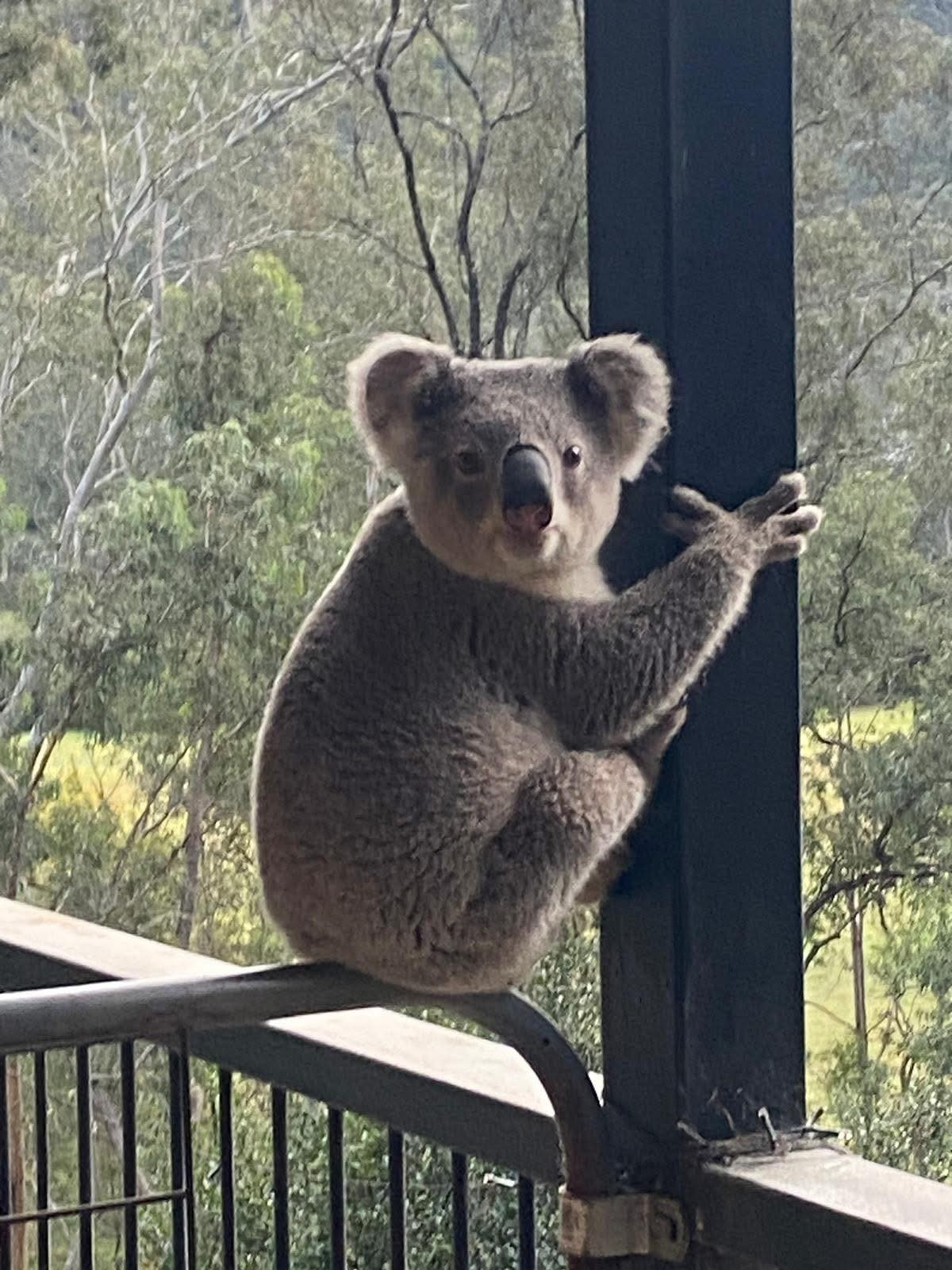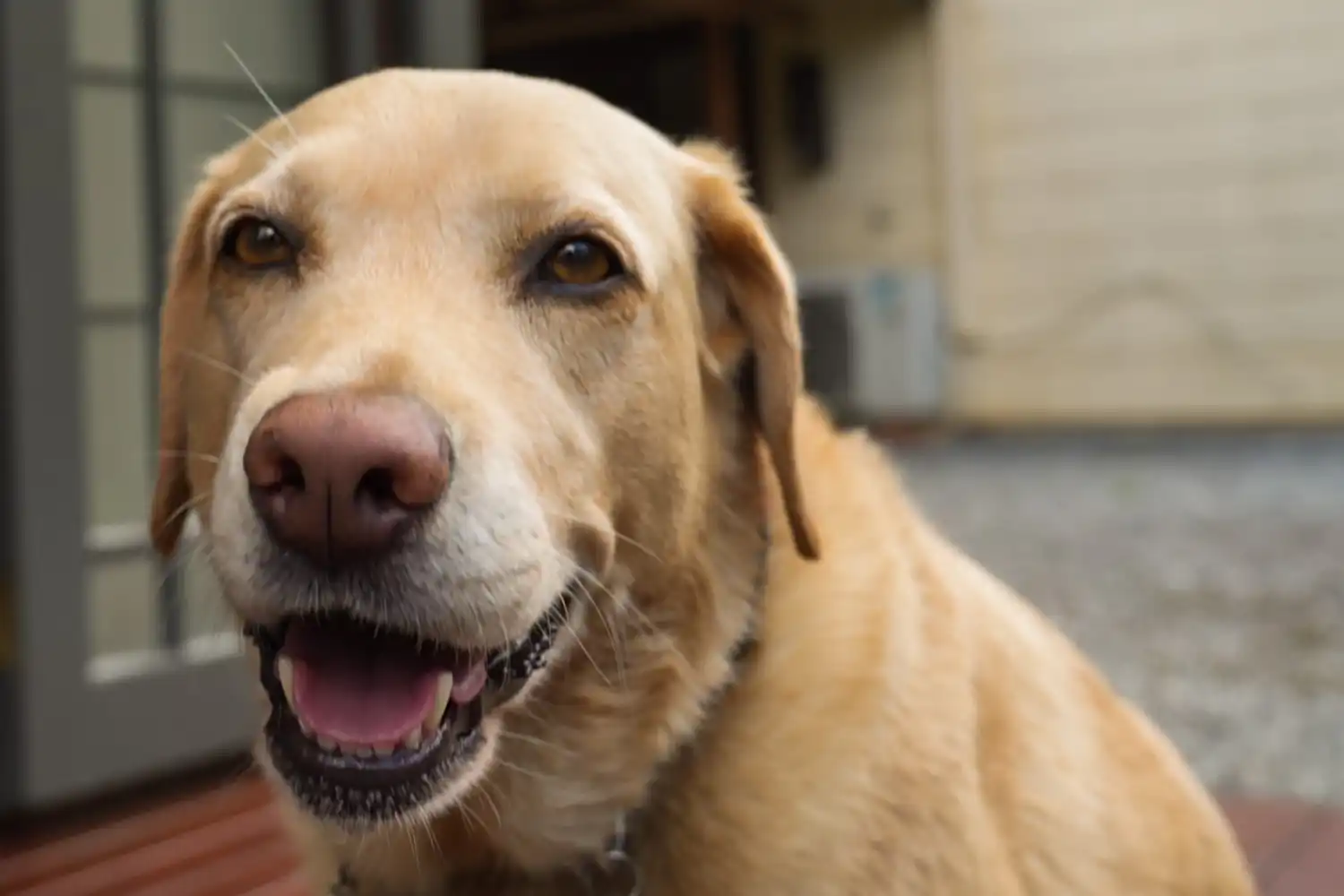Koala Conservation in the Hawkesbury and beyond. Are we winning the war to save our national icon?
Koalas on the Brink: What are we doing to save our national icon?
The indigenous name for the Hawkesbury area, Colomatta, is derived from the Gunugurra word “gulu” for koala and the Dharug word “matta” for place. Sadly, however, we may be witnessing the end of the era of koalas thriving here. Five years have passed since the devastating Black Summer bushfires, when an estimated 60,000 koalas perished across NSW and vast areas of their precious habitat were lost — forests that will take years, if not
decades, to truly recover. The scars of that catastrophe are still visible across the landscape, driving urgent and ongoing conservation efforts. In 2022, the koala populations of NSW, QLD and ACT were listed as endangered with predictions that they would be extinct in the wild by 2050.
While there have been some exciting recent wins for koala conservation in NSW, our much-loved marsupials are still facing serious challenges. Let’s take a look at what’s happening on the ground (and in the tree tops); from new scientific studies, to council plans and a vital call for community engagement.
Great Koala National Park: A Major Conservation Win
In September, the state government made an historic announcement with the creation of the Great Koala National Park, safeguarding 176,000 hectares of pristine, old-growth forest on the mid-north coast of New South Wales. This newly established sanctuary is now protected from logging, securing critical habitat for over 100 threatened species. Among its residents are an estimated 12,000 koalas and 36,000 greater gliders, making the park one of NSW’s most important strongholds for these iconic animals. Celebrated as one of the most significant conservation triumphs in decades, this outcome follows over ten years of tireless advocacy by conservation groups, who presented compelling scientific and economic evidence about these forests’ unique value. It’s a major step forward for koala conservation, but also proof of the real impact of collaborative environmental leadership in Australia.
Science for Wildlife
Science for Wildlife: Advancing Koala Research Dr Kellie Leigh and the team at Science for Wildlife have been working in the Hawkesbury area for over a decade to track koala populations and understand how they have dealt with dramatic environmental change. Their latest studies have helped them map critical habitats, trace the routes koalas take between these areas, and identify the vegetation they depend on. Thanks to their research, we know that around 2000 koalas live in the Hawkesbury region, and the population is genetically diverse and growing. From the dry sclerophyll forests to the snowy peaks around Jenolan Caves, our local climate, soils, and trees vary dramatically, shaping a resilient and adaptable koala population that’s the most genetically diverse in Australia. This genetic richness isn’t just a scientific curiosity—it hugely boosts their koala conservation value. It also means these koalas are uniquely well-positioned to cope with the challenges posed by climate change.
Hawkesbury Council Koala Management Plan
Hawkesbury City Council has committed $240,000 to develop a Koala Plan of Management (KPoM), starting with vegetation mapping. Experts will then identify key habitats, corridors, koala distribution, and vegetation use, with all findings feeding into a strategy to guide conservation and protection efforts. However, let’s not be duped into complacency. The Sydney Basin Koala Network has warned that the once thriving koala population in southwestern Sydney is at risk of collapse due to unsustainable housing development. With support from the state government, developers have entered into a turf war that’s eroding koala habitats and corridors that should have been protected under their local KPoM—despite the plan being a condition of
federal approval for the project. The promised road underpass that would connect critical areas of habitat has not been completed due to a legal impasse by developers. As a result, on average, one koala a week is killed by car strikes in this area alone, a devastating statistic that highlights the urgent need for government action to aid this koala conservation.
Koala Fest: Community Engagement in Action
The recent Koala Fest at Kurrajong brought together government agencies, local council, wildlife rescue, conservation groups and local families to share information and increase awareness on how people and koalas can coexist in the beautiful Hawkesbury. Whether you are lucky enough to own land that includes koala habitat or live outside the area, there are plenty of ways you can get involved. Bush regeneration, habitat protection and koala
tracking are some of the activities performed by volunteers. Innovative approaches—like planting mixed-species shelterbelts and utilising remote sensors to monitor koala movements—are helping to fill gaps in our knowledge and create landscapes that nurture people and our wildlife. Much of the data relied upon by policy makers is the product of co-ordinated citizen science and therefore is highly valuable. It is possible to create sustainable housing that is also sensitive to the needs of koala conservation, and forges communities that become stewards of their local environments. This has been achieved at the Koala Beach development overseen by Tweed Heads council. Where there is a determination by councils and developers to prioritize environment over profit, great things can happen in koala conservation.
Koalas in Crisis
The biggest challenge for koalas is loss of habitat. They’ve lost their eucalyptus forests—both their homes and their main source of food—because of urban expansion and land clearing for agriculture. This has been exacerbated by habitat obliteration due to wildfires that were once largely managed by indigenous cool burning techniques. As a result, koalas increasingly are forced into fragmented islands of habitat, and living closer to people comes with its own dangers, especially dog attacks and car strikes. Worse still, when koalas are under stress, their chances of getting sick rise significantly—especially with diseases like Chlamydia. This painful condition can cause blindness, kidney problems, and infertility in koalas. In some areas of NSW, the disease is so established that colonies have become functionally infertile, with no joeys being born at all. Progress is being made against the war with chlamydia, with an Australian world-first single dose vaccine now registered for koalas. This breakthrough offers real hope for reducing the devastating impact of the disease for koalas brought into care.
If you see a koala…
Spotting a koala in the wild is always a thrill, so if you’re lucky enough to see one you can help scientists by recording your sighting using the I Spy Koala app or by uploading a photo to the Science for Wildlife website. Remember, don’t approach koalas—especially if they’re on the ground. Instead, check they’re safe from traffic and keep pets well away. If the koala looks injured or can’t move, call WIRES or your local wildlife rescue group for help. Koalas
have sharp claws and should never be handled, so leave rescues to the experts.
For our guests staying at Wildside Sanctuary, we don’t guarantee that you’ll see a koala, they truly are masters of disguise perched high up in the canopy! In the spring you may hear the male koalas bellowing their love songs, advertising their presence to the local ladies. By supporting Wildside Sanctuary you are enabling us to continue our unpaid work to monitor and protect the koalas in our area continuing kola conservation. Collaborating with Science for Wildlife, we are actively monitoring local koalas and other wildlife. There is much to see here, when you book a 2 night stay. Make your experience really special and book a wildlife tour with a local ecologist expert. Contact us for details.
Want to get involved?
Koala Conservation requires real action from regular people. If you really want to make a difference you could start by emailing your local member, trudging through forests tracking koalas, or planting trees for a regen project. Keep in mind that koalas are an umbrella species, and any activities to protect them have a ripple effect that protects the many other endangered species sharing their habitat. These regional and community groups are working in koala conservation in our area:
Dharug Custodian Aboriginal Corporation Darug Custodian Aboriginal Corporation
Hawkesbury Environment Network (HEN) Join HEN today and support the Hawkesbury Region
Greater Sydney LandCare Greater Sydney Landcare | People for Sydney’s Environment
Greater Sydney Local Land Services Greater Sydney
Environmental Defenders Office Home
Hawkesbury City Council Community Nursery Nursery
Hawkesbury Nepean Landcare Network — NSW Landcare Gateway
Hills Hornsby Koala Project
Mountains for Wildlife
Science for Wildlife
Sydney Koala Basin Network




